Underwater scooters, also known as Diver Propulsion Vehicles (DPVs) or sea scooters, have revolutionized underwater mobility.
These electrically-powered devices reduce the physical effort traditionally required for swimming, snorkeling, and diving by allowing users to glide effortlessly through water.
Underwater scooters are popular among recreational snorkelers, technical divers, and professional explorers due to their ability to enhance exploration, improve safety, and provide an enjoyable experience.
However, the decision to invest in an underwater scooter involves considering several factors, such as cost, battery life, maintenance, and safety risks.
This article explores the various aspects of underwater scooters, analyzing their value proposition from both a practical and experiential perspective.
What are Underwater Scooters?
Underwater scooters, also known by various other names like Diver Propulsion Vehicles (DPVs), Sea Scooters, or Swimmer Delivery Vehicles, are devices designed to propel users through water with the help of an electric motor.
These devices provide substantial assistance for underwater exploration by reducing the effort needed to move, which can be especially helpful during long dives or when navigating challenging environments.
While some models are small and designed for casual snorkeling and shallow dives, others are built for more robust applications, such as technical diving in deeper waters.
Regardless of the model, underwater scooters generally operate through a simple mechanism: an electric motor powers a propeller or jet, which pulls the user through the water by creating a thrust.
In essence, underwater scooters enable users to explore more territory with less physical exertion, making them ideal for a broad range of aquatic activities.
The Evolution of Underwater Scooters
Historically, underwater scooters had a niche and highly specialized origin.
During World War II, the Italian Navy used early forms of DPVs for covert military operations. Their popularity grew with their appearance in pop culture, particularly in the 1965 James Bond film Thunderball.
Over time, technological advancements made these devices more accessible to recreational divers and snorkelers.
Today's underwater scooters are lightweight, user-friendly, and available at varying price points to meet the needs of both casual and professional users. The growing interest in recreational diving and underwater exploration has led to a boom in the availability and variety of these devices.
Key Benefits of Underwater Scooters
Enhanced Mobility and Exploration
Underwater scooters are prized for their ability to expand the user's exploration range.
Whether snorkeling in shallow waters or diving deep into wrecks, these devices make it easier to cover more ground with less effort.
They enable users to glide through the water, often reaching remote coral reefs, expansive wreck sites, or intricate cave systems that would be physically exhausting to reach by swimming alone.
The electric propulsion system also makes it easier to navigate against strong currents, which would otherwise exhaust divers or swimmers. As a result, users can spend less time exerting energy and more time enjoying their surroundings.
Optimized Performance
For divers, underwater scooters help optimize diving performance by reducing physical strain.
This translates into better air consumption and the ability to dive longer. Less exertion underwater leads to lower metabolic demands, meaning divers can focus on observing marine life instead of tiring themselves out. Additionally, using a scooter minimizes nitrogen absorption, which in turn reduces the risks associated with decompression sickness.
Increased Safety
Underwater scooters enhance safety by providing an easy way to escape challenging underwater conditions.
If divers are caught in strong currents or need to exit quickly, a scooter's propulsion system can facilitate a rapid exit, making it easier to reach the surface. Moreover, the precise control of these devices allows users to navigate complex underwater environments safely.
Modern scooters come equipped with safety features, such as propeller guards, auto-shutoff mechanisms, and buoyancy control, all designed to prevent accidents and injuries. However, it’s essential for users to undergo proper training to understand and manage the risks involved.
Unique Sensory Experience
One of the most notable advantages of underwater scooters is the unique, exhilarating experience they provide.
The sensation of effortlessly gliding through the water is unlike traditional swimming, offering a thrilling experience that’s hard to replicate.
Whether you're a recreational snorkeler or a serious diver, the feeling of speed and ease adds a new dimension to the underwater world.

The Value Proposition: Who Benefits from Underwater Scooters?
Recreational Users
For casual snorkelers or divers, underwater scooters are often seen as a "fun factor" that enhances the underwater experience.
The ease of movement and extended range allows users to explore marine environments without feeling fatigued. Moreover, many scooters are designed for ease of use, requiring minimal experience or technical knowledge.
This makes them ideal for families, including children, who want to enjoy the ocean in a less physically demanding way.
Professional Divers
For professional divers, particularly those involved in technical or cave diving, underwater scooters are a game-changer.
The ability to cover vast distances with minimal effort can extend dive times and make operations more efficient.
The scooters also come in various models capable of reaching different depths, allowing technical divers to explore deeper or more hazardous environments safely.
Environmental Compatibility
Underwater scooters are generally powered by electric motors, making them environmentally friendly.
Unlike combustion-powered vehicles, they produce no exhaust or emissions, helping protect marine ecosystems. Additionally, their quieter operation reduces noise pollution, which is beneficial to sensitive underwater habitats.
Many scooters are now designed with safety features that prevent accidental damage to marine life, such as propeller guards that protect slow-moving creatures like sea turtles.
Challenges and Considerations
Despite the numerous advantages, underwater scooters come with some challenges and limitations that need to be considered before making an investment.
Cost
The price range for underwater scooters can vary widely, depending on the model and its features.
Entry-level models may cost as little as $500, while professional-grade scooters can exceed $7,000. Beyond the initial purchase, there are ongoing costs for maintenance, spare parts (such as batteries), and potential repairs.
For some users, these costs may be a significant deterrent.
Battery Life
Battery life is a major consideration when selecting an underwater scooter.
While some recreational models can run for 1-2 hours, more powerful models used for deep dives or technical purposes may have shorter run times, especially when operating at higher speeds.
Battery performance can also decrease in cold water conditions, and charging times typically range from 3 to 4 hours.
Maintenance
Underwater scooters require regular maintenance to keep them functioning optimally.
This includes cleaning after each use, checking seals and propellers, and ensuring the battery is properly cared for.
For users unfamiliar with the maintenance requirements, this can be a steep learning curve, and failure to perform proper upkeep can lead to premature breakdowns.
Safety Risks
Like any piece of equipment, underwater scooters come with inherent safety risks.
High speeds can increase the risk of collisions, and improper operation can lead to accidents such as propeller entanglements.
Scooters can also cause rapid ascents if not carefully controlled, which can lead to serious conditions like decompression sickness or arterial gas embolism.
Conclusion
Underwater scooters represent a significant advancement in underwater exploration.
For recreational users and technical divers alike, they offer enhanced mobility, increased safety, and a unique sensory experience.
The ability to glide effortlessly through water allows divers and snorkelers to explore more, enjoy their surroundings without exerting excessive energy, and reduce the physical strain associated with traditional swimming.
However, the decision to purchase an underwater scooter is not without its challenges.
The upfront financial investment, the need for regular maintenance, and the operational limitations, such as battery life and safety risks, must be carefully considered.
For users who are willing to commit to the necessary care and training, an underwater scooter can provide a rewarding and transformative experience.
FAQs
Q: What is the typical price range for an underwater scooter?
Entry-level models can cost between $500 and $1,000, mid-range models between $1,000 and $2,500, and professional-grade models can exceed $2,500.
Q: How long does an underwater scooter battery last?
Most recreational scooters have a battery life of 1-2 hours, while more advanced models can last up to 4 hours on a single charge. Battery life is affected by factors like speed, depth, and water temperature.
Q: Are underwater scooters safe to use?
Underwater scooters can be safe when used responsibly. They come with various safety features like auto-shutoff mechanisms and propeller guards, but proper training and awareness of risks are essential to avoid accidents.
Q: Can children use underwater scooters?
Yes, many models are designed with children in mind, offering features like one-hand operation and low-speed settings for easy and safe use.
Q: How do I maintain my underwater scooter?
Regular maintenance includes rinsing it after use, inspecting seals, cleaning the propeller, and caring for the battery. Always follow the manufacturer’s maintenance guidelines to ensure optimal performance.
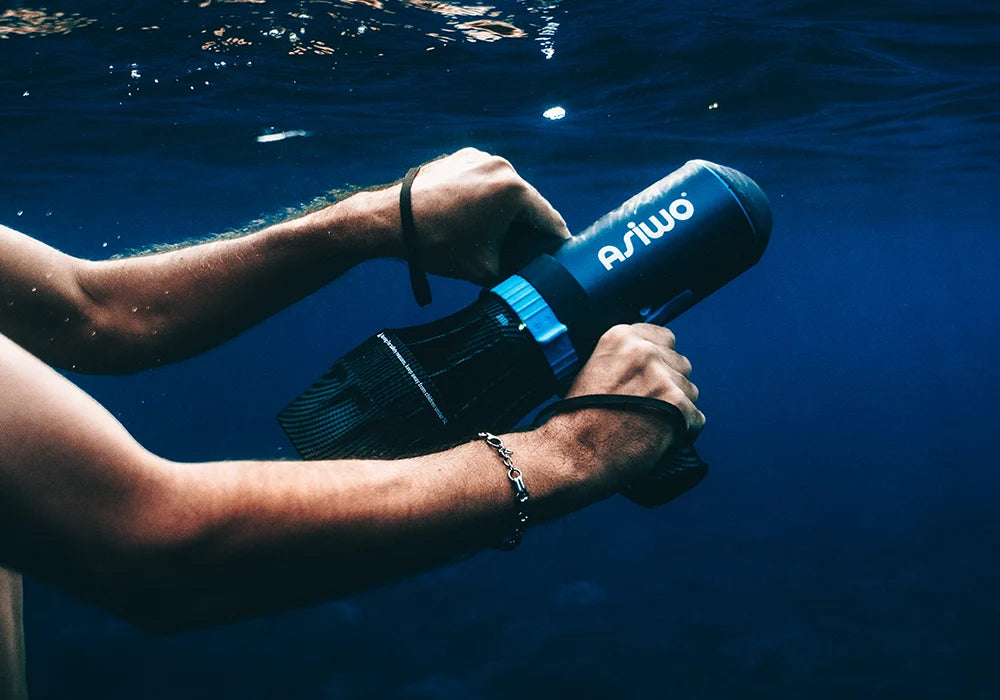




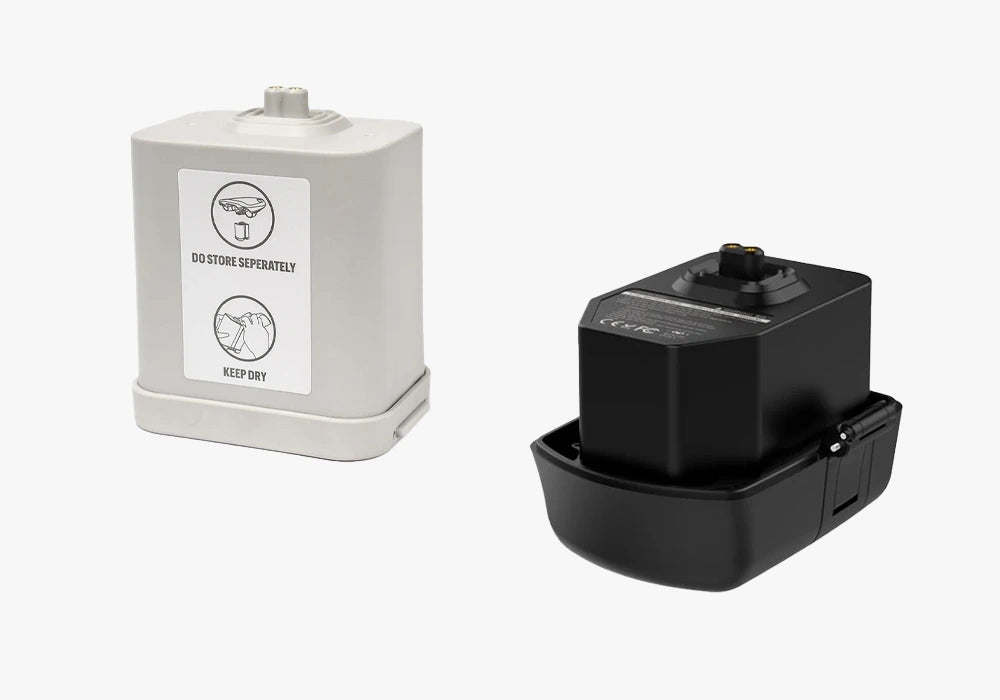




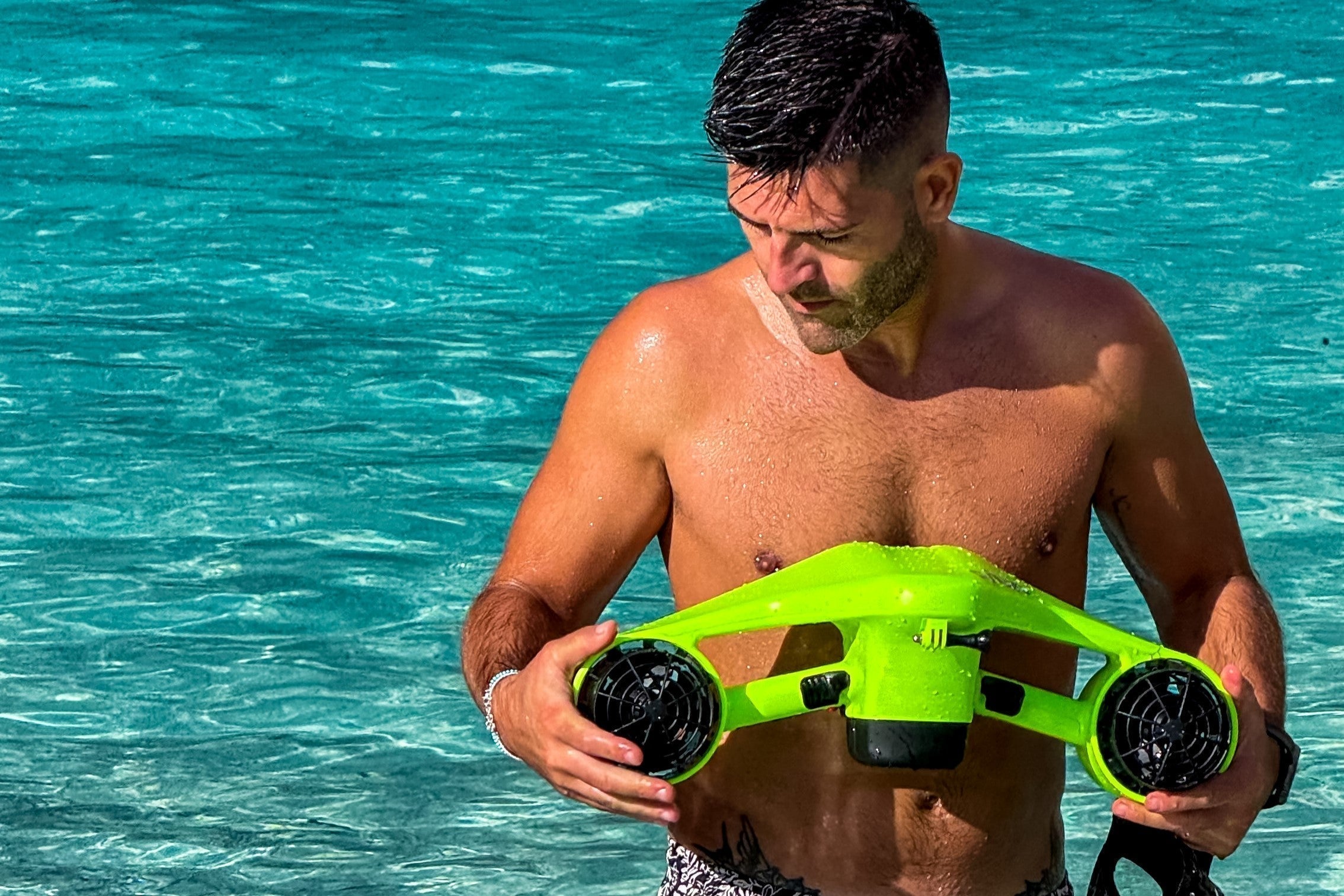
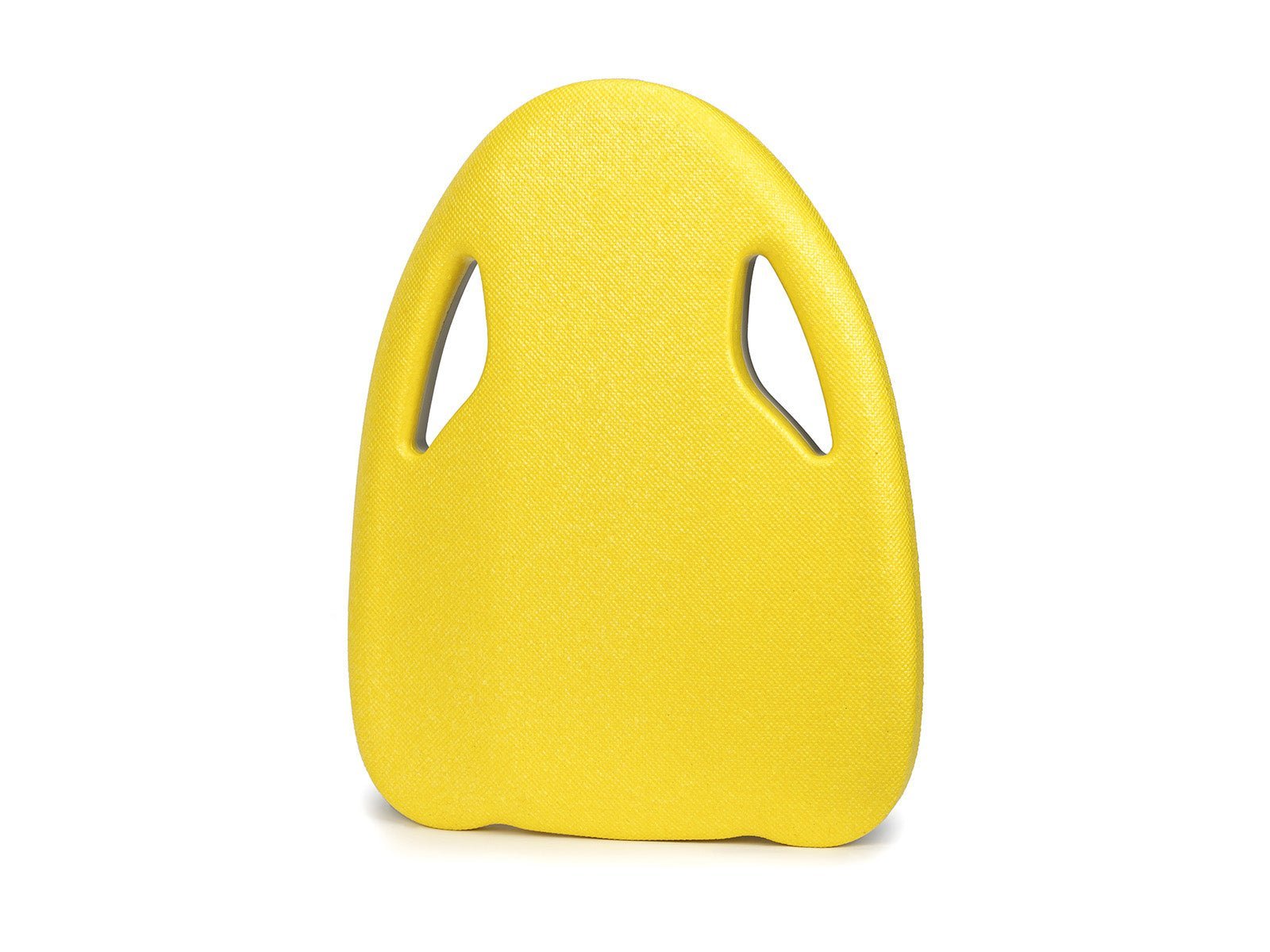
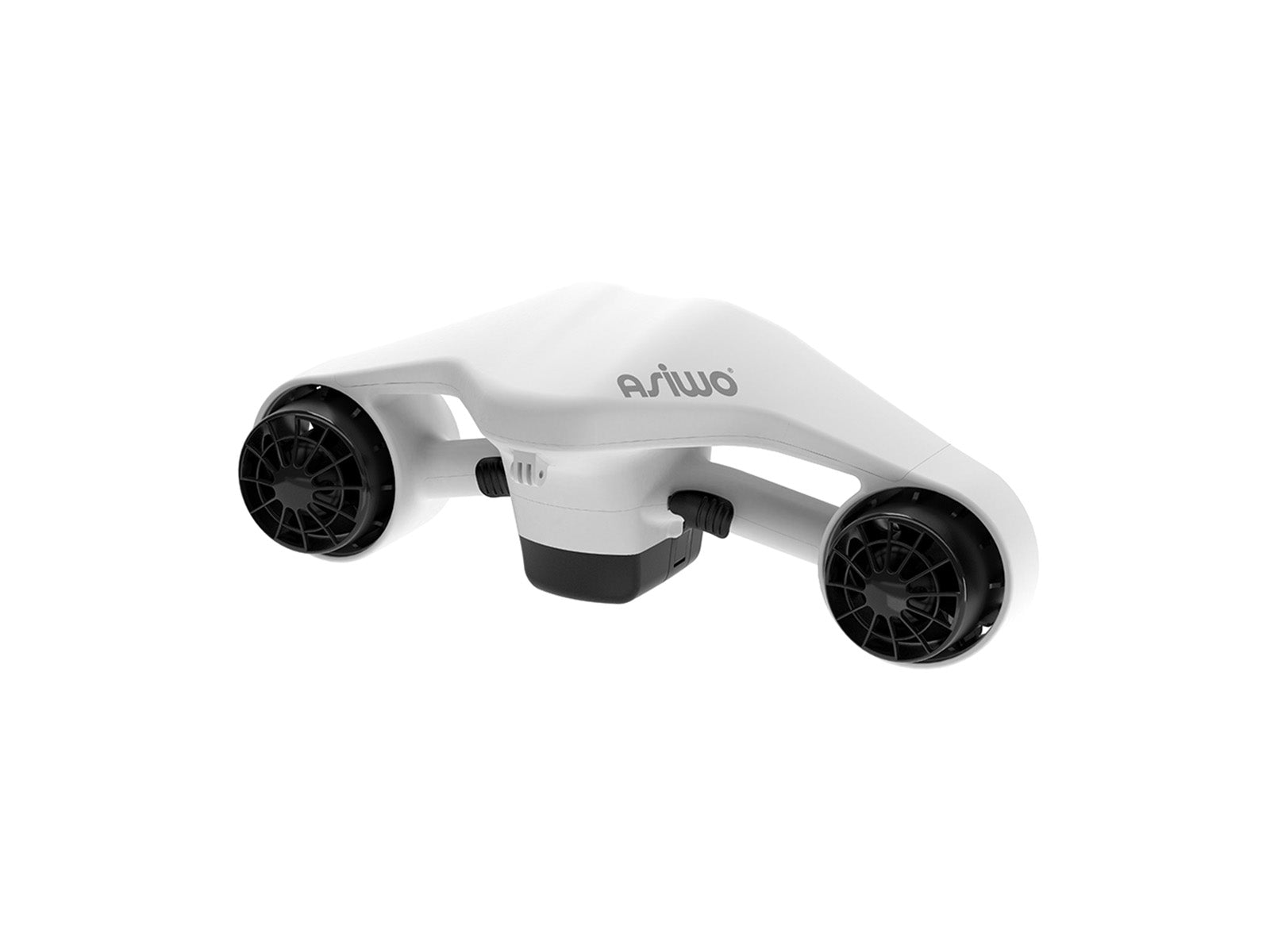
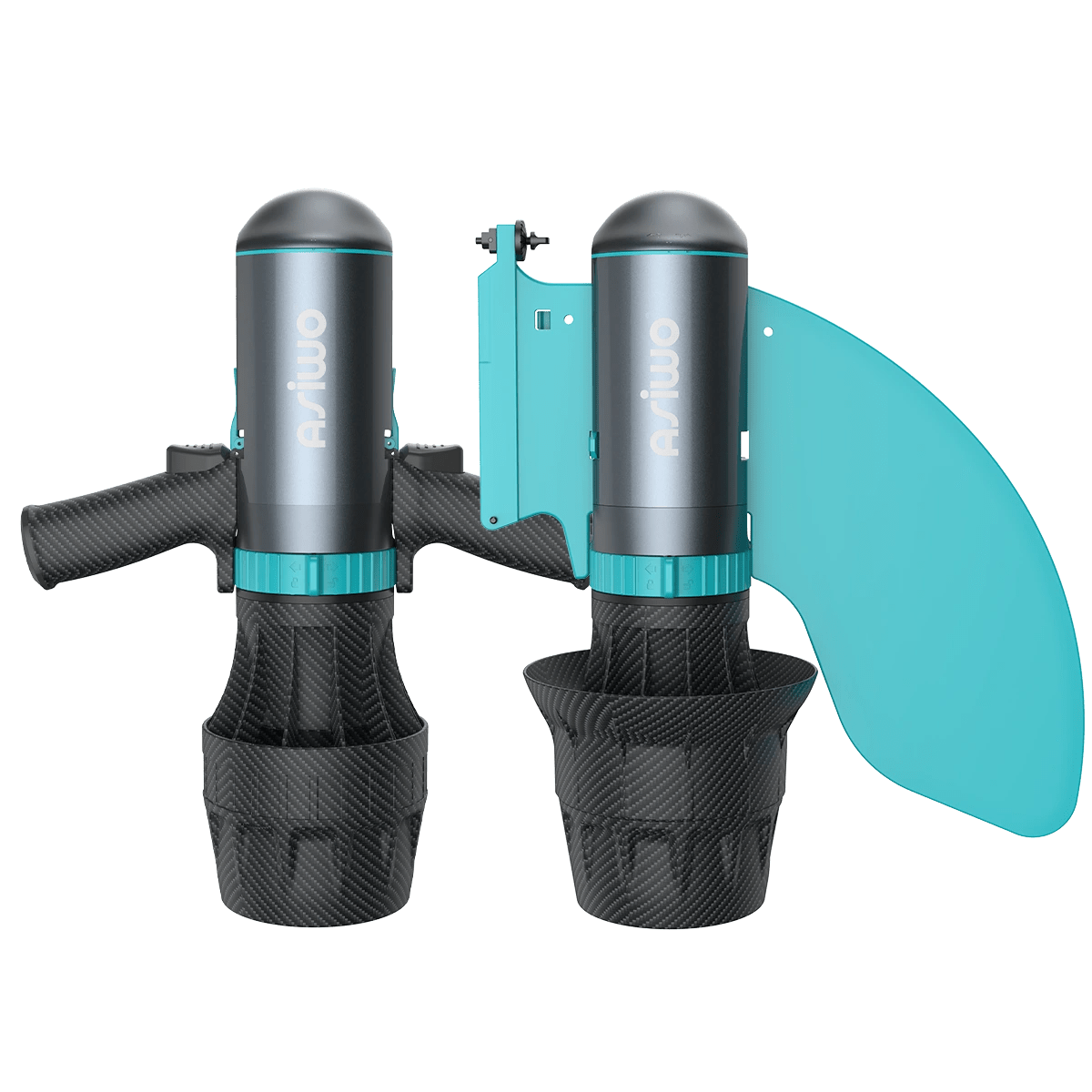




Leave a comment